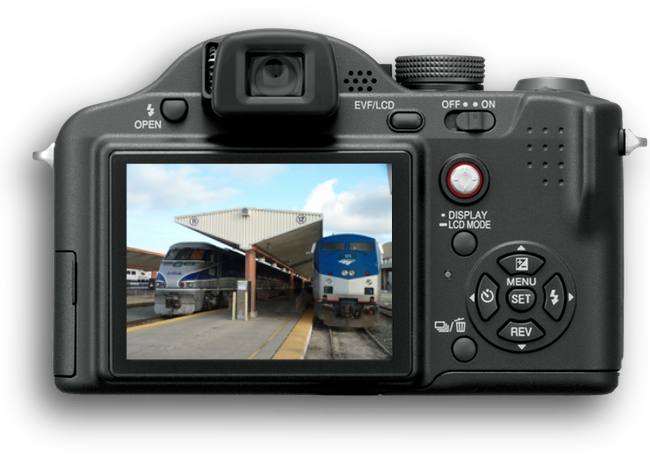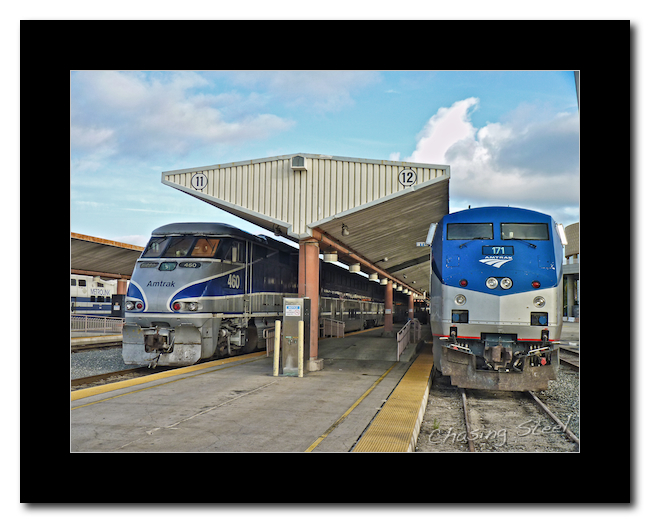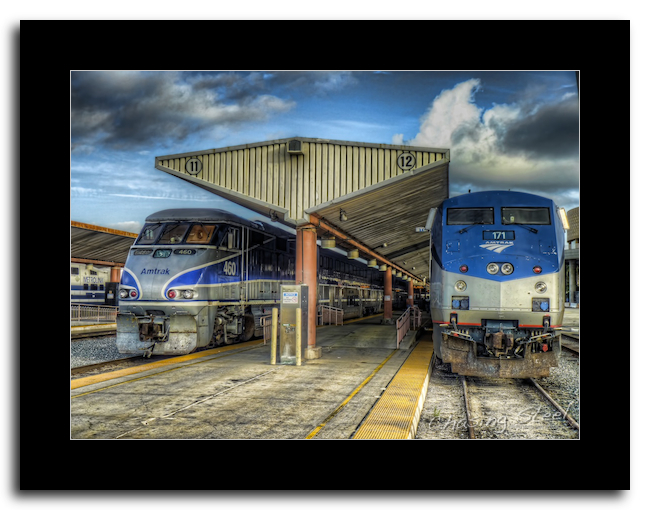HDR Photography Visually Explained
I am often asked how I captured the details when I show someone my photography. The comment that their “photos don’t look like that.” I then explain the process of capturing the details, through proper exposure, and the benefits of High Dynamic Range (HDR) photography. I though it might help to produce a post that visually details how to capture a scene in HDR an show that everyone can do it.
The only requirements are a camera capable of shooting in aperture-priority mode - typically the big “A” on the dial, and software that can put the final images together. Most consumer-grade cameras today can shoot exposures that will work with HDR and it makes it even easier if the camera also does auto-bracketing. The first step of the process is to actually read the manual that came with your camera and learn about aperture-priority mode, exposure controls for your camera, and auto-bracketing.
Here is an example of why and how to do HDR photography:
I was passing through Los Angeles Union Station one day during my commute to work and decided to shoot a scene that had two Amtrak trains posed side-by-side on tracks 11 and 12. The scene offered plenty of detail, variation in light, and most importantly to me, a storm-clad sky. If I shot the scene in a traditional manner of photography, I would have to make a comprise between all of these elements and not be able to capture the scene as it truly was. If I exposed for the sky then the train’s consist in the shadow of the platform would not have been properly exposed and vice-versa. This is where HDR comes through for us.
Here is the way the scene looked with a single photo taken with the camera’s automatic exposure setting:

Now this shot has not been post-processed and represents how the photo came out of the camera. In my opinion, all digital photos require some post-processing to enhance the photo and “bring it to life,” so to speak. The following shows the photo after some color-correction, contrast adjustments, and sharpening has been applied to the photo:

This photo is OK but nothing too spectacular and certainly it is not representative of the scene. So let’s shoot it in HDR. It is easy to do!
I set my camera on aperture-priority mode and turn on the auto bracketing feature. Now when I press the shutter button the camera takes 3 exposures (photos) each one exposure setting apart (f-stop). I take the first three shots and then adjust the camera to span those shots and shoot one more set and then adjust the exposure again and shoot the final three shots. In the end, I have taken nine total pictures of the scene, with seven of them set at different exposure settings.
Here’s what the photos look like side-by-side:

Now we have photos that are properly exposed for the sky and the shadow detail as well. The trick is to combine these photos into one image without comprising any of the exposure information. This is where we need some specialized software to handle this task.
I am familiar with many of the HDR titles available for this purpose but the two I choose to use are HDRsoft’s Photomatix Pro ($99) and Nik Software’s HDR Efex Pro ($159.95). You only need one to create HDR images and I would recommend Photomatix Pro for most folks initially.
To create the final HDR image you identify all of the photos that contain the different exposure settings and the software does the heavy lifting by combining all of the exposure information into a final image. Once you have the final image you can then tweak the settings to get the look that you are going for. That’s it.
Here is the final image after some tweaking, while keeping it on the more realistic side:

Much better! Note how the sky pops and yet we are still able to see the shadowed consist on track 11 without issue. notice how it looks more like what you would see if you were there with me.
Some people feel that the HDR images look unnatural. Well, that is true for a photo in the traditional sense, but look at it not as a photo but rather a scene. You eye’s can adjust to the different exposures without even thinking about it as you take a scene in in-person. This is what an HDR image shows but in a static context.
Now I admit that there are some challenges in learning how to fully leverage the HDR software and learning all of the various settings available. Fortunately several excellent tutorials are available to help you wrap your arms around the process. For Photomatix Pro, I recommend that you check out Ferrell McCollough’s blog “Before the Coffee” for an excellent tutorial. Of course be sure to also consume Trey Ratcliff’s excellent material on HDR as well on his “Stuck In Customs” blog. For HDR Efex Pro I recommend Jean-FrancoisO’Kane’s, The Studio Coach, tutorial series and John Barclay’s videos on the Nik Software video on demand site.
I hope that you can see that HDR photography is not that hard and it adds quite a bit to your photos, and it can be a lot of fun! In a following post I will show various examples of this same image processed with different effects.
 HDR,
HDR,  HDR Efex Pro,
HDR Efex Pro,  Photography,
Photography,  Photomatix Pro,
Photomatix Pro,  Railroad,
Railroad,  Tutorials CATEGORIES:
Tutorials CATEGORIES:  General Photography,
General Photography,  Railroad Photography,
Railroad Photography,  Reviews,
Reviews,  Technology
Technology 

